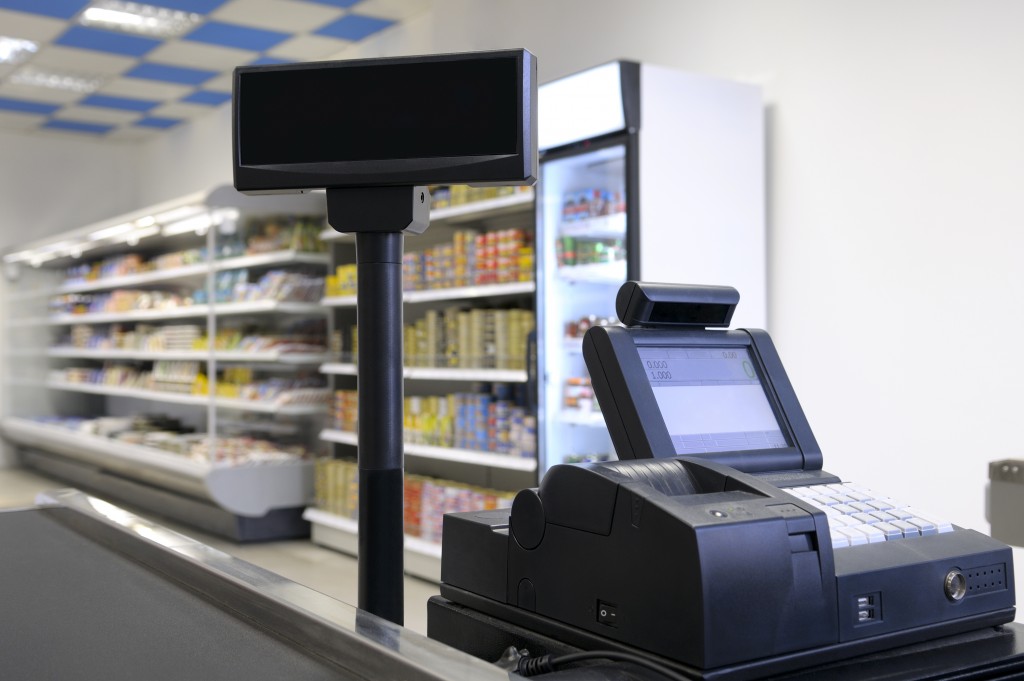As a business owner, you know that reducing contamination in your production facility is critical to the success of your operations. It ensures that your company complies with regulations, minimizes the risk of product recalls, and protects your bottom line.
There are several factors to consider when designing your floor plan. You should consider how each of these factors can impact the level of contamination in your facility.
Traffic flow
Traffic flow is one of the most important factors to consider when designing your production facility floor plan. The way that employees and equipment move through your facility can have a significant impact on the level of contamination. You will want to design your floor plan so traffic flows from clean to dirty areas and not the other way around. Additionally, you should avoid having employees cross through contaminated areas if possible.
Different kinds of traffic flow in any production facility are:
- One-way traffic: This is the most effective way to reduce contamination. All employees and equipment should move in one direction through the facility, from clean areas to dirty areas.
- Two-way traffic: If two-way traffic is necessary, you should design your floor plan with a physical barrier between the two directions of traffic. This barrier will help to reduce the spread of contamination.
- Circular traffic: Circular traffic can be effective if the path is designed to move from clean to dirty areas. However, it is crucial to avoid employees crossing through dirty areas.
Airflow
Another vital factor to consider when designing your production facility floor plan is airflow. Proper airflow can help reduce contamination in your facility by preventing airborne particles from settling on surfaces. You will want to ensure adequate ventilation in all areas of your facility.
Consider the following to better control airflow in your facility:
Get a cleanroom
One way to improve airflow in your production facility is to use a clean room. A clean room is a specially designed space used to control the level of contamination in the air. Using a clean room ensures that the air in your production facility is clean and free of contaminants. It can be challenging to design an air room because various specifications and standards must be met. However, working with a cleanroom design consultant can help ensure that your cleanroom meets all the requirements. They will provide you with design expertise and help you select suitable materials and equipment for your needs.
Use laminar flow hoods
Another way to improve airflow in your facility is to use laminar flow hoods. Laminar flow hoods are devices used to create a stream of clean air flowing over a work surface. This air stream helps prevent contaminants from settling on the work surface. Laminar flow hoods can be used in various applications, including laboratories and manufacturing facilities.
Install high-efficiency filters
Installing high-efficiency filters is another way to improve airflow in your production facility. High-efficiency filters remove contaminants from the air, helping to keep the air in your facility clean. There are many kinds of high-efficiency filters, depending on your needs. Make sure you research before placing an order for high-efficiency filters because they can be expensive.

Use positive pressure rooms
Positive pressure rooms are another way to improve airflow in your facility. A positive pressure room is designed so that the air pressure inside the room is greater than the air pressure outside the room. This helps to prevent contaminants from entering the room. Positive pressure rooms can be used in various applications, including in laboratories and manufacturing facilities.
Proper Housekeeping
Proper housekeeping is also a factor you should consider when designing your production facility floor plan. Good housekeeping practices can help reduce contamination in your facility by preventing the build-up of dust and debris. You will want to ensure that all areas of your facility are clean and free of clutter. Additionally, you should establish a regular cleaning schedule and train your employees on proper cleaning procedures.
Use of barriers
As mentioned earlier, barriers are another way to reduce contamination in your production facility. Barriers can be used to physically separate clean areas from dirty areas. By using barriers, you can help to prevent the spread of contaminants from one area to another. Various types of barriers can be used, depending on your company’s needs.
There are several factors to consider when designing your production facility floor plan. Proper airflow, proper housekeeping, and the use of barriers can help reduce contamination in your facility. By considering these factors, you can help ensure that your production facility is clean and that your business is compliant with regulations.

